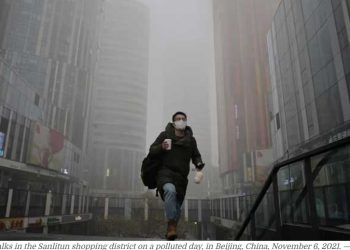Since Covid-19 brought the world to a halt in 2020, life has been nothing short of a nightmare. We have already seen unprecedented national lockdowns, social distancing measures, overburdened hospitals, and mass casualties all over the world. However, with the introduction of vaccinations, we assumed the horror was finally over, but nothing could be farther from the truth. With inflation on the rise, widespread supply chain bottlenecks, and rising geopolitical tensions, governments face a monumental task in steering their countries away from a crisis. Looking at the current global situation, it is clear that we are in deep waters and may be on the verge of a global recession.
With economies all over the world reopening and consumers returning to markets, the main issue that central banks are dealing with is rising consumer prices. To combat inflation from rising any further, central banks started winding down their quantitative easing measures put in place at the onset of the coronavirus pandemic. However, these measures were rendered ineffective due to the conflict between Russia and Ukraine, which exacerbated global supply chains and drove commodity prices to historic highs, adding fuel to the already raging fire.
The Russia-Ukraine conflict has been detrimental to oil and gas prices, which have risen sharply. Furthermore, the two countries are large exporters of agricultural commodities, and account for nearly 14% of global wheat trade. Similarly, Russia and Ukraine account for nearly 19% of global barley exports and nearly 52% of global sunflower oil exports.
It is also important to note that, because Russia is a major fertiliser exporter, sanctions against the country could have a negative impact on fertiliser supply around the world, lowering crop yields. Russia is also a major supplier of valuable minerals such as palladium, titanium, nickel, and neon. Palladium, in particular, is a critical component in automobile manufacturing, and its price has increased astronomically since the war began. Supply disruptions in these commodities from Russia and Ukraine have driven up consumer prices even further.


















